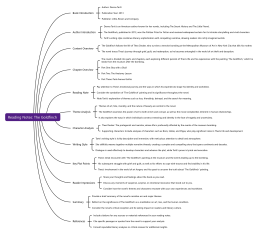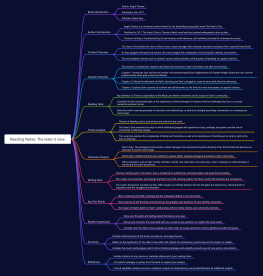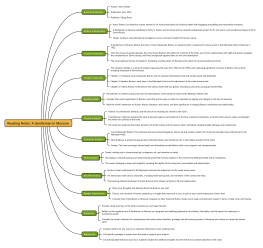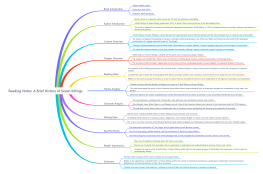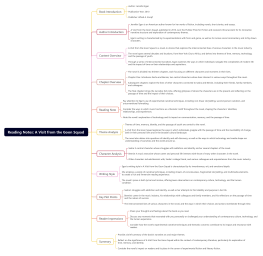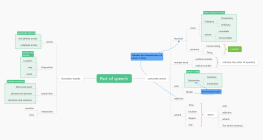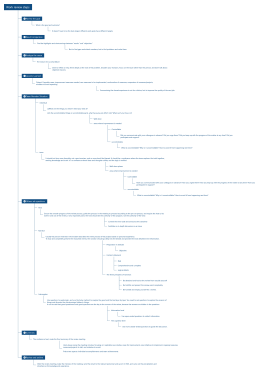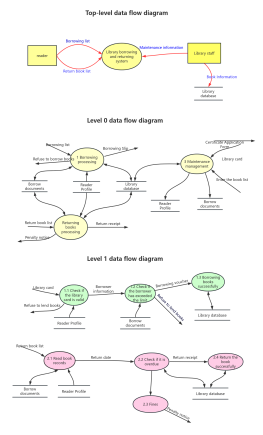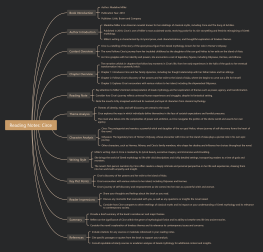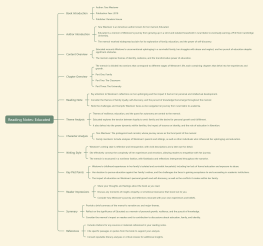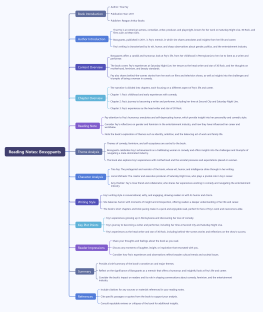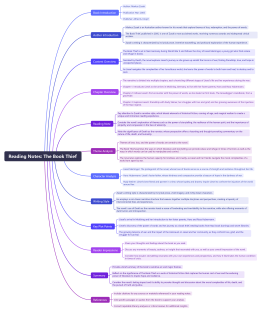The Sellout-Paul Beatty: Book Summary
2024-07-19 14:30:10 0 Report
Login to view full content
Other creations by the author
Outline/Content
Book Introduction
Author: Paul Beatty
Publication Year: 2015
Publisher: Farrar, Straus and Giroux
Author Introduction
Paul Beatty is an American author known for his satirical and provocative writing.
The Sellout, published in 2015, won the Man Booker Prize and was praised for its boldness, humor, and incisive commentary on race and identity in America.
Beatty's writing is characterized by its irreverence, wit, and sharp social critique.
Content Overview
The Sellout is a satirical novel that follows the experiences of a young African American man living in a fictional Los Angeles neighborhood called Dickens.
The protagonist, known only as 'Me,' embarks on a mission to reinstate slavery and segregation in his community, as a form of protest against systemic racism.
Through a series of absurd and often outrageous events, Beatty explores themes of race, identity, cultural appropriation, and the legacy of slavery in America.
The novel is marked by its sharp humor, biting social commentary, and unconventional narrative style.
Chapter Overview
The Sellout is divided into several sections, each containing multiple chapters.
The chapters unfold in a nonlinear fashion, blending the protagonist's present-day experiences with flashbacks and reflections on his past.
The narrative is characterized by its fast-paced, irreverent style, as Beatty skewers a wide range of social and cultural norms.
Reading Note
Pay attention to Beatty's use of satire and humor to critique race relations and societal norms in America.
Consider the ways in which the novel challenges conventional ideas about race, identity, and political correctness.
Reflect on the significance of the novel's title, and how the concept of 'selling out' is explored and subverted throughout the narrative.
Theme Analysis
Themes of race, identity, power, and language are central to The Sellout.
Beatty explores the complexities of African American identity in a post-civil rights America, and the ways in which race continues to shape individual lives and collective experiences.
The novel also interrogates the power dynamics inherent in language and representation, particularly in the context of cultural appropriation and political correctness.
Character Analysis
The protagonist: Known only as 'Me,' he is a complex and enigmatic figure who grapples with questions of identity, agency, and belonging.
Hominy Jenkins: A former child star who becomes the protagonist's sidekick in his quest to reinstate slavery.
Foy Cheshire: A controversial sociologist who plays a key role in the protagonist's efforts to challenge societal norms.
Writing Style
Paul Beatty's writing in The Sellout is bold, irreverent, and darkly humorous.
He employs a wide range of literary techniques, including satire, irony, and wordplay, to create a narrative that is both thought-provoking and entertaining.
The novel is marked by its sharp social critique, rapid-fire wit, and unconventional narrative structure.
Key Plot Points
The protagonist's decision to reinstate slavery and segregation in his community, as a form of protest against systemic racism.
His interactions with a colorful cast of characters, including his sidekick, Hominy Jenkins, and the controversial sociologist, Foy Cheshire.
The novel's climactic courtroom showdown, in which the protagonist's actions are called into question and the true nature of his protest is revealed.
Reader Impressions
Share your thoughts and feelings about the book as you read.
Discuss any moments that resonated with you personally or challenged your understanding of race, identity, and political correctness.
Consider how Beatty's use of satire and humor invites readers to engage with difficult and uncomfortable topics, and the ways in which the novel reflects and critiques contemporary American society.
Summary
Provide a brief summary of the novel's narrative arc and major themes.
Reflect on the significance of The Sellout within the context of contemporary literature, particularly its exploration of race, identity, and power in America.
Consider the novel's reception and impact, including its critical acclaim and cultural resonance in discussions of race relations and social justice.

0 Comments
Next page
Recommended for you
More
